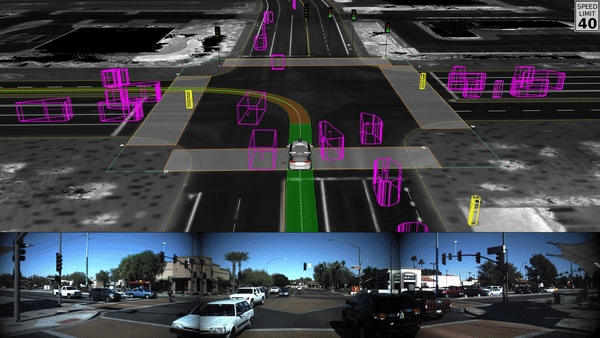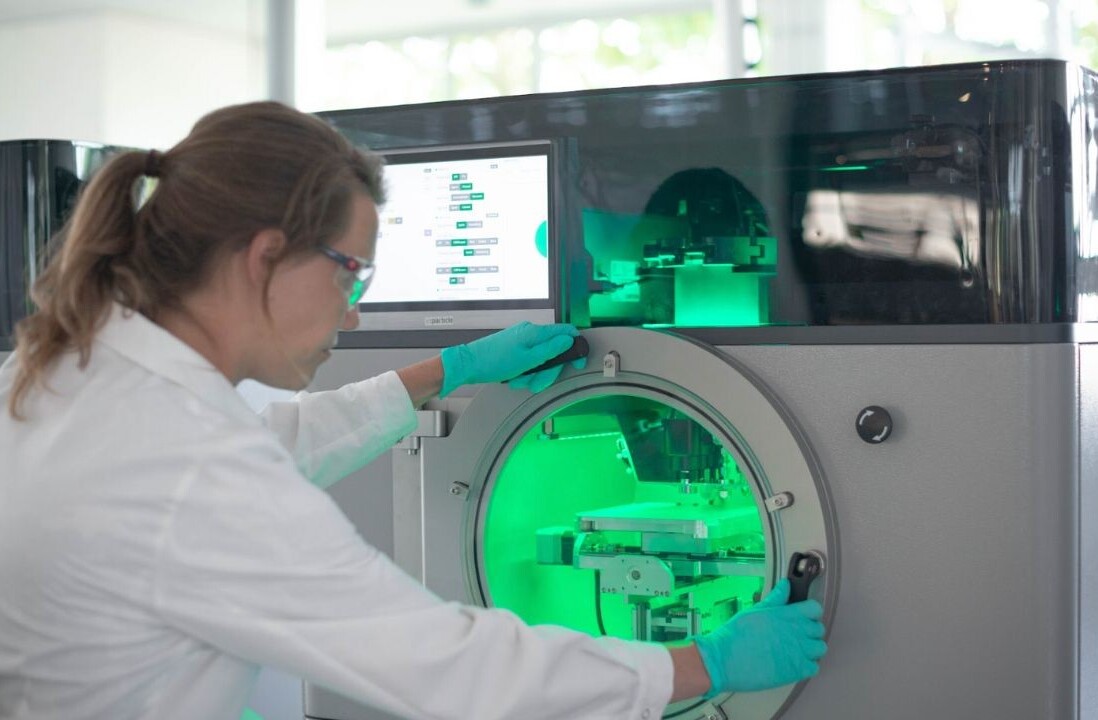
Waymo, a driverless car company owned by Google parent company, Alphabet, has a fleet of driverless vehicles that have logged the company millions of kilometers driven on real city streets, but the bulk of its deep learning comes from driving on virtual roads. Developers for the company are training more than 25,000 autonomous vehicles over 12 million kilometers (8 million miles) of simulated roads driven every day.
The simulations involve highly complex situations including multiple lane intersections and irregular vehicle traffic. Not only are these virtual driving schools informing deep learning models for each specific vehicle, they help to create data that allows driverless cars to network together. This adds an extra layer of safety for everyone including pedestrians and human-driven cars.
James Stout, lead software engineer for Waymo, said in an official blog post:
One of the key advantages of simulation is that you can focus on the most interesting interactions — flashing yellow signals, wrong-way drivers, or nimble pedestrians and cyclists — rather than monotonous highway miles.
The best thing about training AI is how it learns from any data we give it. Robot cars don’t differentiate between miles driven in the real-world and the virtual one. The billions of miles in simulations pay the same dividends in deep learning value.
Most experts agree that driverless cars represent safer roads for everyone, and the more training they can experience the better. This virtual driver’s education increases the overall safety of autonomous vehicles and it accelerates the timeline for mainstream adoption.
In the very near-future those who continue to be naysayers may find themselves in an unenviable position, kind of like someone who predicted the iPhone would be a flop.
Get the TNW newsletter
Get the most important tech news in your inbox each week.




